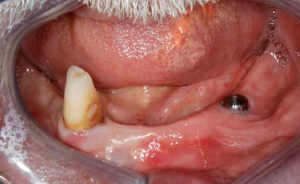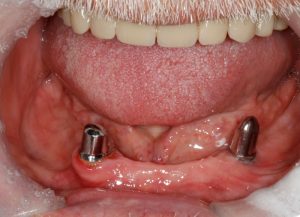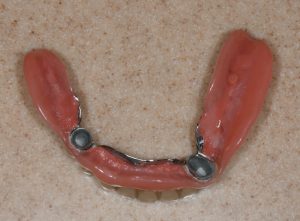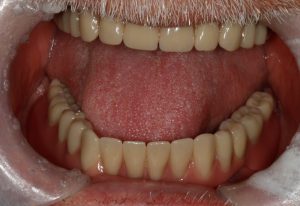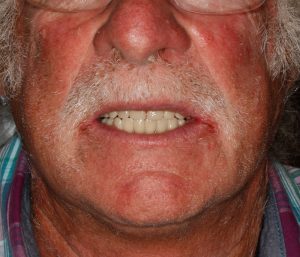Comfortable, stable, longlasting and without clasps: Telescopic Dentures
Telescope dentures/ bridges- also called double crowns are an outstanding option for the prosthetic treatment of patients with a reduced dentition. However, the design and fabrication of such a telescopic prosthesis place higher demands on the dental practitioner and the technical laboratory involved.
A telescopic crown comprises two parts:
- The primary crown, or coping, which is permanently fixed in the mouth to anchor teeth made from an alloy or newer materials such as zirconia.
- The mounted, removable telescopic crown or secondary crown attached to the prosthesis and made of the same alloy material.
Principle and History of telescopic crowns
Telescope procedure was first described in 1886 by American dentists R Walter Starr and, later, by Goslee and Peeso. Telescope or double crowns thus have their origins in America and not Germany, as the common term ‘German Crown’ might suggest. In Germany, Häupl was one of the pioneers (1929 onwards), as were his pupils Böttger and Rehm, who laid the foundations for the telescope method that remains almost unchanged to this very day. When we talk of telescopic crowns, we generally mean the parallel telescopic crown. With the parallel telescopic crown, the inner telescopic element of each double crown has parallel surfaces, and these are not only parallel to one another but also parallel to the axis of attachment for the remaining telescopic elements. The locking of the inner and outer telescopic crowns provides a connection that can be released in one direction or axis only, by the dentist and the patient themselves.
Examples of Telescopic Dentures and Bridges (Treatment carried out by Dr Nelz):



